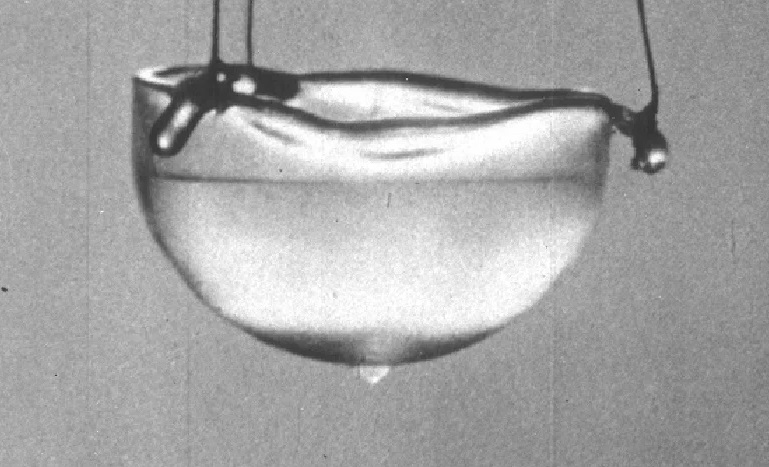Internet Explorer is not supported. Please upgrade to a more modern browser.
Open4Discuss
Education
Helium superfluidity
Started by Hemanth

Superfluidity of helium refers to the phenomenon where helium, when cooled below a critical temperature, enters a phase with unique properties, flowing without viscosity or resistance. This occurs in liquid helium-4 (at 2.17 K) and helium-3 (at much lower temperatures, around 0.0025 K).
Key Properties of Superfluid Helium:
1. Zero Viscosity: It flows without any resistance, allowing it to pass through tiny pores or cracks that normal liquids cannot.
2. Climbing Walls (Film Flow): Superfluid helium forms a thin film and "creeps" up and over container walls due to its lack of viscosity and quantum effects.
3. Vortex Quantization: When rotating, superfluid helium forms quantized vortices instead of behaving like a normal spinning liquid.
4. Second Sound: It can carry heat via waves (like sound waves), where temperature oscillations propagate through the liquid.
5. Macroscopic Quantum Phenomenon: Superfluidity arises from quantum mechanics, with helium atoms behaving as a single quantum entity (Bose-Einstein condensation for helium-4, Cooper pairing for helium-3).
Applications:
Used in cryogenics and cooling superconductors.
Fundamental research in quantum mechanics and low-temperature physics.
Superfluidity showcases the interplay between quantum mechanics and macroscopic systems, making helium a unique substance for studying quantum phenomena.